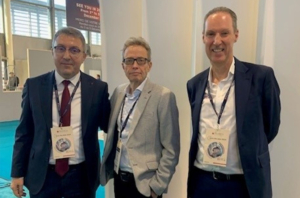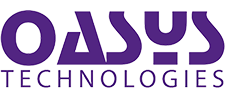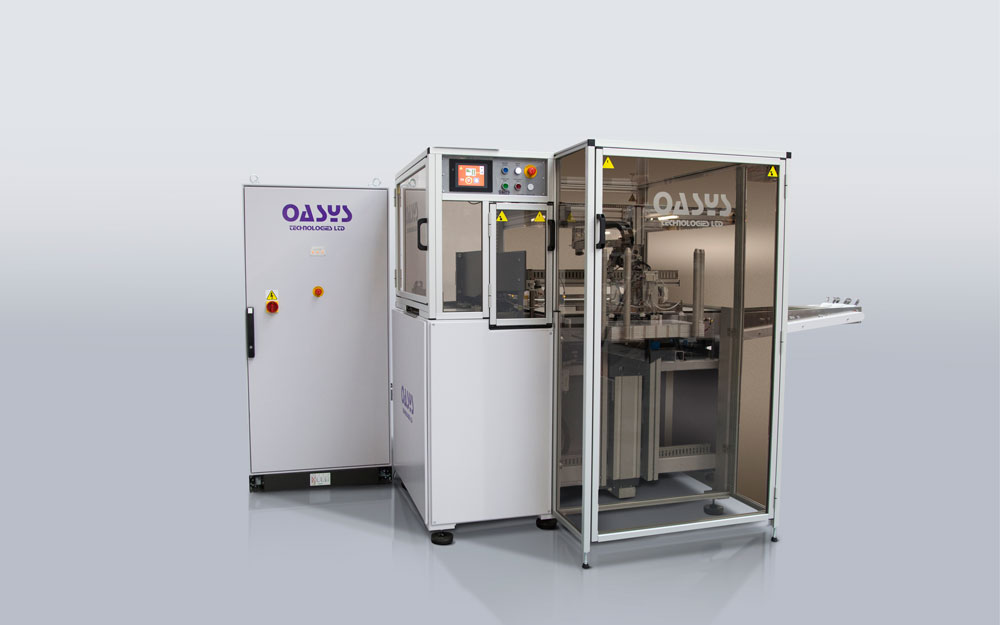Credit cards and smartcards used to be like BLTs, consisting of printed card images on sheets with three or four layers. Now they are more like super club sandwiches with eight, nine or even 10 layers—particularly in the identification credential arena.
Identity credentials, such as ePassport pages and ID cards, have security features contained in the layers of their structure. As the number of security features increases, the layer count increases. So what?
These layers need to be in a certain order, orientation and accurately aligned—all of which can make the assembly process rather slow.
A person can typically assemble the four layers that make up a typical bank card sheet (set) in the correct order and orientation in around 30 seconds (without taking accuracy into account). So, based on a typical card sheet (48 cards to view), the simplest card structures can be assembled at rate of around 5,000 cards per hour.
Card production systems typically need to produce five to 10 times that amount. So, if assembly is not to become the bottleneck in the process, five to 10 people per shift would be required for that single stage of production.
Increasing the number of layers to eight (that’s one big sandwich!) takes more than twice as long. That’s before accuracy, mistakes and scrap are taken into account. You can now start to see the issue.
Assembling the ‘Super Sandwich’
More layers—holographic layers, laserable layers, antenna layers and window structures to name a few—mean more functionality and more security in ID products. Assembling all these layers accurately slows the assembly process down. So, how does manufacturing technology keep up and how many layers are too many?
At this level of complexity, automatic assembly/collation is the only practical solution as ID and smartcard-style products require accurate alignment and a high level of consistency. ID cards or licences with variations are always subject to the question, “Is this genuine?” At the same time, many millions of cards or passports need to be issued within a particular timescale to meet national rollouts.
The ‘Super Sandwich’ Assembly System
A modern automatic assembly system is typically six to 12 times faster than manual collation with a much higher yield. Automatic machines that assemble card and ID sandwiches (collation systems) have been around for a while, but recent advancements have considerably improved their speed and accuracy.
Like any sandwich, the layers vary in thickness and consistency. The layers in ID card structures have become much more challenging and require a new level of automated technology to assemble them reliably and fast. There are three main challenges:
- Alignment: As the number of layers increases, “drift” occurs. Whereby the more layers that are added, the greater the overall error in the set/stack. As you layer your sandwich, it inevitably starts to lean to one side. This happens when each layer is not stacked correctly on the previous layer.
- Material: Different layers need different alignment solutions. For example, registering (aligning) the position of a transparent hologram needs a different sensor than positioning a buried RFID antenna layer that you can’t actually see.
- Thickness: The sandwich in this case must also be within ISO standard thickness. And so, the more layers there are, the thinner each layer will need to be; 25 microns is now not uncommon. This thickness is notably harder to feed, register and position with the same accuracy, speed and consistency. Try picking up a very finely sliced piece of onion without it tearing, folding or breaking up!
These challenges have mostly been overcome with the advancements of automated collation systems using a combination of print, induction and optical sensing systems.
How to Increase Layer Count
Having a machine that handles eight to 10 different sandwich layers simultaneously is possible, but it is not practical for most security printers. There are more practical ways to handle the “super sandwiches” and increase the system’s flexibility.
One way around this issue is to run sub-assemblies in which you assemble two to four layers in a “first run” process and then run them back through the machine as a “single” layer in combination with more outer layers to complete the build. Handling a project this way, the system can cope with more layers when necessary but can still be small enough to carry out more standard card assembly runs (four to six layers). Additional technology is needed to enable this process to work successfully and maintain quality and accuracy throughout the whole layer count. This is where state-of-the-art ID and card “sandwich making” is these days.
So, maybe spare a thought the next time you “tap and go” while buying your lunch—the card you use may have more layers than the club sandwich you just bought.
Author: Elliot Lamb – OASYS Technologies (08/02/2021)








